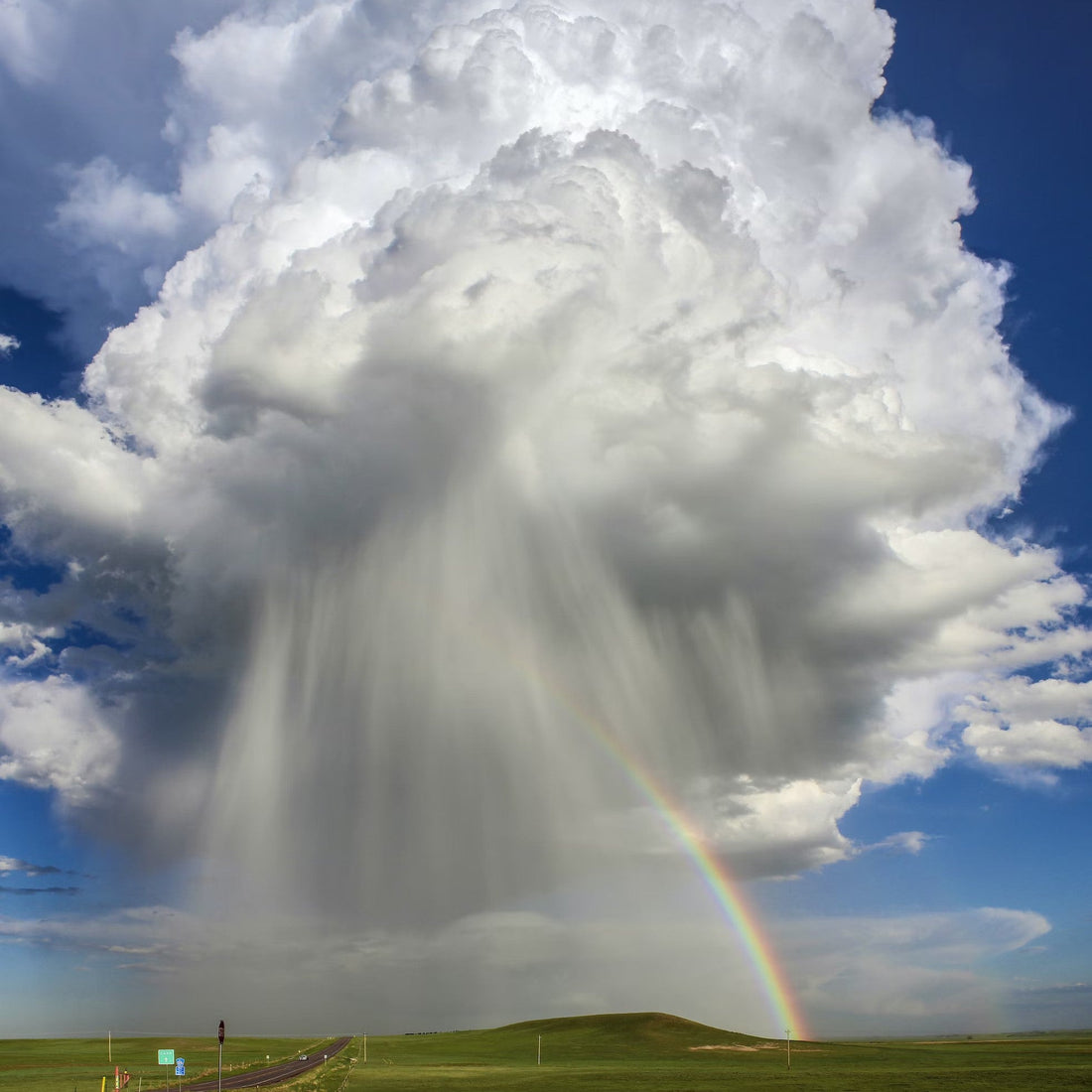Craft whiskey has enjoyed a renaissance in recent years, with enthusiasts savoring the intricate flavors and unique character of artisanal distillations. One of the most fascinating aspects of whiskey production is the phenomenon known as the "Angel's Share." This term refers to the portion of whiskey that evaporates from aging barrels over time. In this article, we will delve into the Angel's Share, exploring its dynamics, impact on whiskey, and its economic significance in the world of craft whiskey.
Understanding the Angel's Share
The Angel's Share is the term used to describe the gradual loss of whiskey to evaporation during the aging process. This natural occurrence takes place as the spirit matures in oak barrels, where it interacts with the wood and the surrounding environment. While it is a romantic notion that whiskey is shared with celestial beings, the reality is that it represents a significant loss for distilleries.
The Evaporation Ratio: Exponential or Linear?
The rate of evaporation in whiskey barrels is neither purely exponential nor linear; instead, it follows a complex curve that depends on various factors. Initially, when whiskey is first placed in barrels, evaporation rates tend to be relatively high due to the higher alcohol content. Over time, as the whiskey matures, the alcohol content decreases, causing the rate of evaporation to slow down. However, climatic conditions, barrel size, and the specific whiskey recipe also influence the rate of loss.
Is the Loss Pure Water?
Contrary to common belief, the Angel's Share is not purely water. While a significant portion of the lost liquid is indeed water, the evaporation also includes alcohol and other volatile compounds. As whiskey ages, it undergoes a transformation in the barrel, gaining complex flavors and aromas. Some of these compounds are lost to the atmosphere during evaporation, contributing to the unique character of aged whiskey.
Impact on the Whiskey Remaining in the Barrel
The Angel's Share has a profound impact on the whiskey that remains in the barrel. As the liquid level decreases due to evaporation, the concentration of flavors and aromas in the remaining spirit intensifies. This concentration can result in a more robust, complex, and matured whiskey. Distillers carefully monitor the aging process to ensure that the whiskey reaches its optimal point, balancing the effects of evaporation with the desired flavor profile.
Economic Significance: Lost Whiskey vs. Aged Whiskey
The economic implications of the Angel's Share are significant in the craft whiskey industry. While distilleries lose a portion of their product to evaporation, the value gained in the aged whiskey often outweighs this loss. The value of aged whiskey can increase exponentially, making it a worthwhile investment for distilleries willing to wait for their product to mature. This concept is particularly relevant in the world of craft whiskey, where quality often takes precedence over quantity.
Calculating the estimated value of lost whiskey to evaporation versus the value gained in the aged whiskey is a complex endeavor. Factors such as production costs, storage time, market demand, and the reputation of the distillery all play a role in determining the overall economic viability of aging whiskey.
In the end, the Angels deserve their share
The Angel's Share in craft whiskey is a captivating and integral part of the aging process. While it represents a loss for distilleries, it also contributes to the development of complex flavors and aromas in aged whiskey, making it a sought-after and valuable product. Understanding the dynamics of the Angel's Share sheds light on the delicate balance between loss and gain in the craft whiskey industry, where patience and quality craftsmanship are the keys to success.
